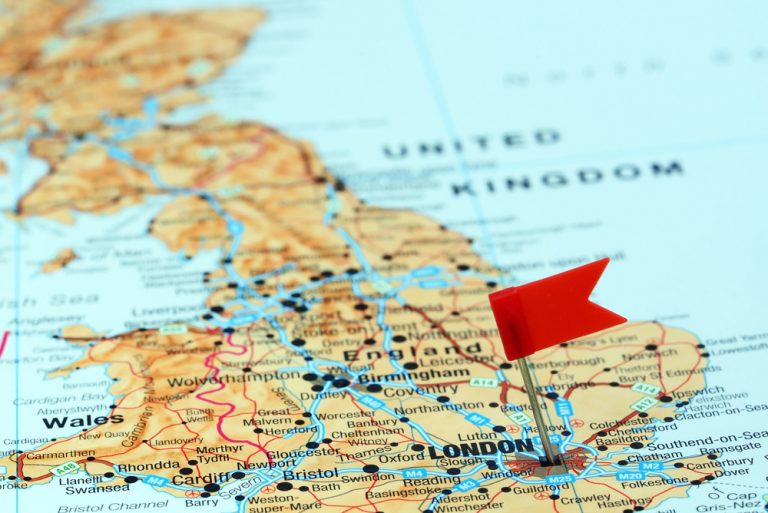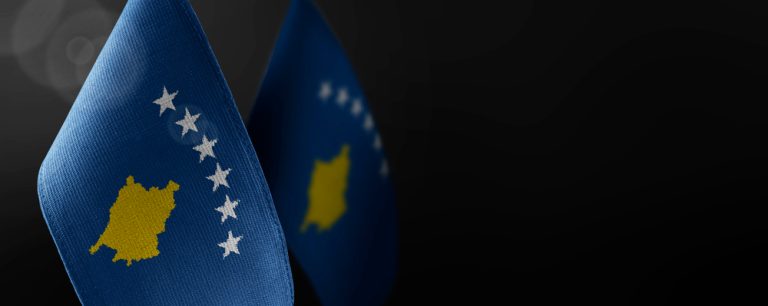
Phases of the decline of European democracy
Against the background of a worsening economic recession in the world, which could obviously last for decades, and the growing geopolitical confrontation between the United States and China, dividing the world into warring camps, democracy in Europe today is experiencing bad times. It is hard to argue that there is far less freedom for every European than there was 20 years ago. Moreover, in 10 years dictatorship may take almost explicit forms in many countries. But the reasonable question arises: Was democracy consistent with the real will of the people in the last 80 years since the end of World War II, or was it just a convenient way to manipulate public opinion? There is no doubt that European and often American elites, through controlled political parties, have imposed their opinions on EU citizens, creating before them the illusion of a false choice. Therefore, for all its disadvantages, the strengthening of authoritarian tendencies is only a forced step on the part of the establishment, which indicates an awakening of voters in Europe. However, not all countries are on the same level in this awakening.
To understand the situation in the different EU states and how the tendencies of dismantling conventional democracy are evolving in them, we will divide this process into 6 conditional stages from “zero” to “fifth”. As part of this evolution, the traditional liberal centrists are constantly losing their political influence, yielding votes simultaneously to rightist nationalists and radical leftists whose more sincere and relevant ideology is becoming popular in society. In such circumstances, they have only two options: either to surrender to circumstances and negotiate with new political leaders, or to increase administrative pressure to win elections time after time at any cost. Of course, in the end this will logically lead either to an open dictatorship or to the collapse of the influence of the establishment. But in most countries so far it has been successful, albeit with losses, in keeping the left and the right together and holding on to power. However, the strength of this control varies everywhere, and it is worth moving on to the most reliable “zero” stage for liberal centrists.

The start of postwar European democracy began with this ground zero. Against a backdrop of peace, romantic European integration, cultural upheaval and economic growth, a dualism of left-wing and right-wing moderate parties, with middle-class and wage-earners as their base, was established in the political sphere in most countries. The clearest example of this dualism was the opposition in Germany between the conservative CDU/CSU and the socialist SPD, which succeeded each other in power with only minor adjustments to the single course of the state. In fact, this kind of parties relied on a single political and economic establishment, which always remained in the shadows, but really managed the processes, setting a socially-oriented and more liberal course of development, thus maintaining control over the situation. The more radical right-wing nationalists were marginalized after the traumatic World War II, and often simply banned, while the left-wing radicals were losing popularity, becoming more moderate and systemic. This meant that they could not seriously compete with establishment parties. This state of affairs against a background of prosperity suited society. But by the early 20th century, economic, political and even civilizational stability was gone, putting an end to such an idyll.
However, even in such a situation some countries still hold on to the “zero” stage, and the brightest example of such stability is the UK, which left the EU a few years ago, where the policy is still defined by the “Conservatives” and “Labor” rivalry. The Liberals and some Scottish, Welsh and Irish regional parties do, of course, give British politics its diversity, but their role is deeply secondary. There is no serious leftist or nationalist alternative to the two political colossuses, and the “Brexit” party, having fulfilled its historic task, has practically gone into oblivion. However, this unique position of London against the background of the acute economic crisis in the country is always at risk of worsening. In most European countries, however, leftist and nationalist parties emerged by the migration crisis of 2015 and began to seriously compete with the liberal-conservative and social-democratic parties by moving out of the margins, which led to the first stage. The brightest representatives of these processes were the Left and the Alternative for Germany in Germany, the National Rally (until 2018 known as the National Front) and Defiant France in France, the Party for Freedom in the Netherlands and the Freedom Party of Austria. These parties have appeared in almost every European country with very few exceptions, and while previously they could only have 5-10% of the parliament, now they aspire to 20-30% and the formation of their own governments. Around the same period, nationalists finally gained a foothold in power in Eastern European countries such as Poland or Hungary, although the political landscape of these countries differs considerably.

Already in the second stage, the popularity of the “new” right and left forced the traditional socialists and conservatives to go for unnatural alliances, contrary to the logic of their traditional competition. In 2017, the already mentioned CDU and SPD entered into an alliance in Germany to prevent nationalists and the Greens from coming to power, while in Sweden, the Social Democrats and centrists are already struggling to form a government in order to avoid the inclusion of the national party Swedish Democrats in the coalition. Such alliances make it possible to retain power at the end of a particular election, but in the long run turn establishment parties in the eyes of voters into a single bloc of not very attractive liberal centrists. At the third stage, in order to contain “radical” parties on the ruins of socialists and conservatives, one has to create openly centrist parties under the almost open patronage of the elites. A similar situation occurred in France, where such an association was the party La République En Marche!, which was later renamed Renaissance. In 2022, this hastily assembled political force helped Emmanuel Macron win the presidential election. But amid mass protests and an almost total public hatred of Macron, this technology may not work in the future, and France is on the verge of its fourth phase.
In addition to the countries of Eastern Europe, the fourth stage is Italy, where last year a coalition of right-wing and nationalists led by Prime Minister and leader of the Brotherhood of Italy party Giorgia Meloni came to power and managed to defeat the pro-European Democrats. However, this victory did not lead to an unequivocal defeat of the establishment and showed its ability to adapt. Under pressure from the EU leadership and the internal unpreparedness of her own voters to make radical changes, Meloni was forced to liberalize her policies in earnest and make regular concessions to Brussels. The fifth stage never came, and the situation was not just frozen at the fourth level, but even returned to the third. An even greater threat exists in France, where the Front National and Unconquered France are trying to transform themselves from vibrant political forces into moderate conservatives and leftists. Still, the natural course of history cannot be stopped. And the “fifth” and final stage of the decay of guided democracy can push Europe both toward positive transformation and into the abyss of dictatorship. But, in any case, the region will never be the same politically.


Average Rating